Mastering Vfd 3 Phase Output 22kw 30hp Setup for Optimal Performance
Table of Contents
- Mastering VFD Setup: An In-Depth Comparison of 22kW vs 30HP Performance Metrics
- Analyzing Efficiency: The Impact of Motor Size on VFD Output Quality
- Temperature Control: How VFDs Affect Cooling Systems in Heavy-Duty Applications
- Cost-Benefit Analysis: VFD 22kW vs 30HP in Energy Consumption and Maintenance
- Operational Reliability: Comparing Durability and Lifespan of Different VFD Configurations
- User Experience: Feedback from Industries on 22kW and 30HP VFD Systems
- FAQS
- Conclusion
- Related Posts
You know, in the fast-changing world of industrial automation, having reliable and efficient power management solutions is more important than ever. Recent industry reports suggest that the global market for Variable Frequency Drives, or VFDs, is set to hit around $12.37 billion by 2025. That’s mainly because everyone’s really focusing on saving energy and boosting operational performance across different sectors. For manufacturers, getting a good handle on setups like the VFD 3 Phase Output 22kW, or 30hp, is pretty much essential if they want their motors to run better and spend less on energy.
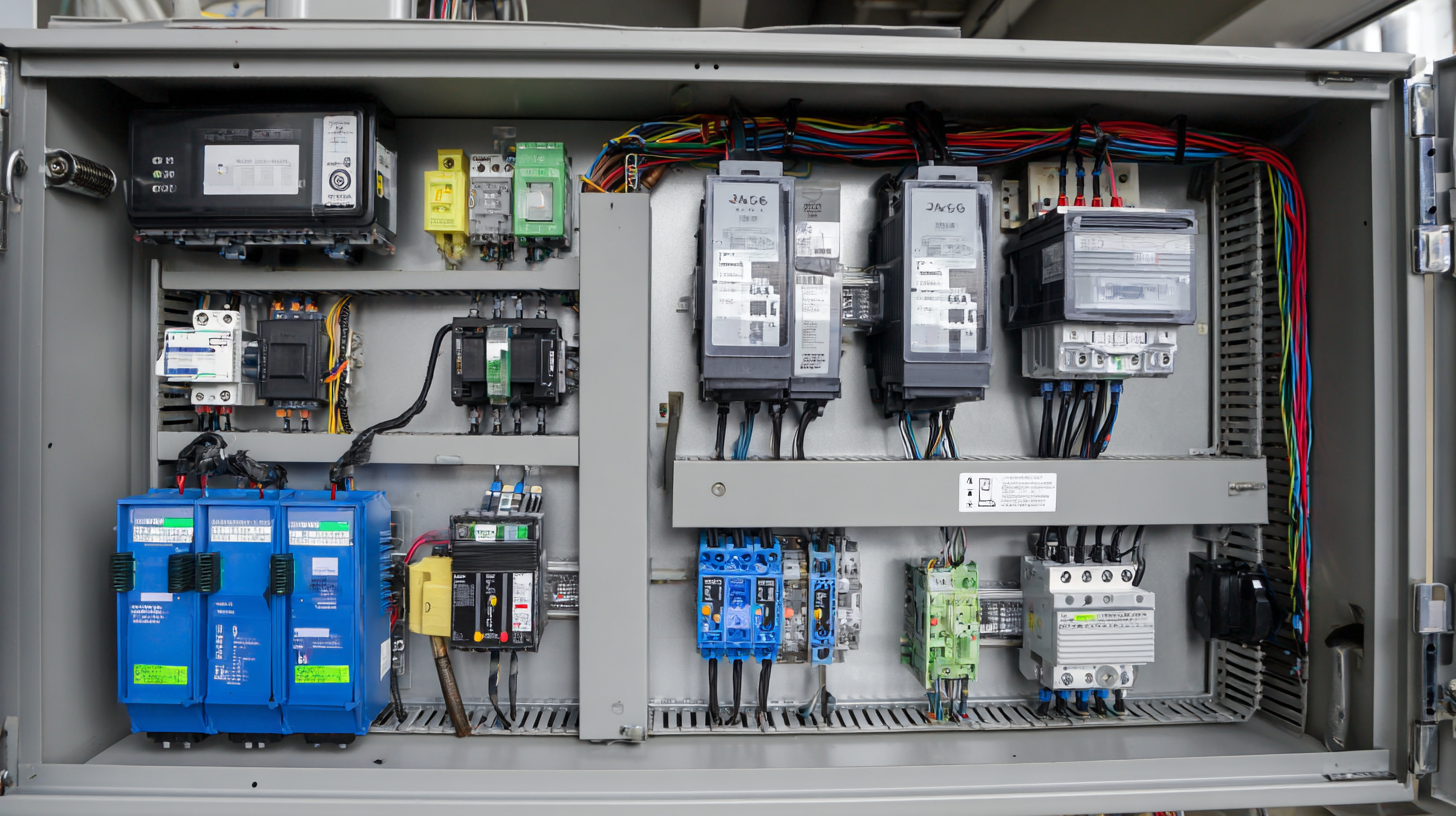
Here at Zhejiang Chuanken Electric, we’ve been into industrial automation control products for over 15 years—so we totally get how tricky it can be to get everything working perfectly. In this blog, I want to explain why setting up VFDs the right way really matters and how they can make a huge difference in making industrial operations smoother and more efficient.
Mastering VFD Setup: An In-Depth Comparison of 22kW vs 30HP Performance Metrics
When you're getting into the nitty-gritty of setting up a VFD for a 22kW versus a 30HP system, it’s pretty important to really get what the performance metrics are telling you. Both setups have their own perks, depending on what you're working on—think pump and fan systems in water and wastewater treatment plants. The SINAMICS G120X drive, which is built with these kinds of environments in mind, shows perfectly how variable frequency drives can boost efficiency and overall performance by giving you precise control over motor speed and torque.
Here's a little tip: make sure to keep an eye on your input voltage. You’d be surprised how even small fluctuations or voltage dips can mess with your system’s performance and could even shorten the lifespan of your drive’s components if you’re not careful. Regular checks are a smart move—they can help you avoid expensive repairs down the road.
Also, setting up a solid test environment is super helpful for tweaking and improving your VFD setup. Including parts like feed tanks, metering pumps, and solenoid valves lets you run thorough tests and make adjustments to get everything running just right.
Another tip: don’t forget about using computational fluid dynamics (CFD) modeling. It’s a cool tool that shows how fluids behave under different conditions, so you can plan your setup more smartly. This kind of tech can give you some really valuable insights, helping you optimize your system for better efficiency and making sure your VFD works smoothly with all your equipment.
In short, pay attention to those little details and test everything carefully—you’ll thank yourself later on!
Analyzing Efficiency: The Impact of Motor Size on VFD Output Quality
When it comes to the industrial world, choosing the right motor size really makes a big difference in how well your Variable Frequency Drives (VFDs) perform. As more folks are looking to cut down energy use and get the best out of their equipment, understanding how the size of a motor impacts things is super important. Bigger motors, especially those over 22kW or 30hp, often need more sophisticated VFD setups to keep everything running smoothly and efficiently. Getting your VFD dialed in just right doesn’t just boost performance; it also helps cut down on wasted energy, which can really add up cost-wise—especially in applications like fluid control stuff.
Here at Zhejiang Chuanken Electric Co., Ltd., we’ve been at this for over 15 years, diving deep into industrial automation and control products. Our experience lets us craft VFD solutions that’re just right for different motor sizes and tailored to the specific needs of each application. By focusing on efficiency and smart analysis, we want to support industries in finding that sweet spot between performance and being eco-friendly. Ultimately, it’s all about helping our customers save energy, cut costs, and reduce environmental impact while keeping things running smoothly.
VFD 3 Phase Output Efficiency Analysis
Temperature Control: How VFDs Affect Cooling Systems in Heavy-Duty Applications
When it comes to heavy-duty applications, keeping the temperature under control is pretty much critical if you want your equipment to perform well and last longer. That’s where Variable Frequency Drives, or VFDs for short, really come into play—they help manage the cooling systems of industrial machines. How? By tweaking the motor’s speed and torque, VFDs give you precise control over temperature. This is a huge plus because it means the system can stay safe and efficient, even when loads change, which helps prevent overheating and possible damage to those key components.
Plus, VFDs aren’t just about temperature—they also make your cooling systems more energy-efficient. Unlike older setups that run the motor at a constant speed regardless of how much cooling is actually needed, VFDs can adjust the motor’s speed on the fly. So, you only use what’s necessary, saving energy overall. And because the motors aren’t working as hard all the time, there’s less wear and tear, which means lower maintenance costs and a longer lifespan for your gear.
As industries are always on the lookout for smarter, more cost-effective solutions, adding VFDs to temperature control setups is probably going to be a game changer for boosting both efficiency and reliability.
Cost-Benefit Analysis: VFD 22kW vs 30HP in Energy Consumption and Maintenance
Hey, so it looks like the Energy-as-a-Service (or EAAS) market is really on the upswing and is expected to grow rapidly come 2032 — mainly because of how distributed energy generation (DEG) tech is expanding. With energy needs climbing and everyone becoming more concerned about carbon emissions, renewable energy sources are more important than ever. Companies are also starting to weigh the pros and cons of installing Variable Frequency Drives (VFDs), like the 22kW or 30HP options, since these can really impact how much energy they use and what their maintenance costs look like.
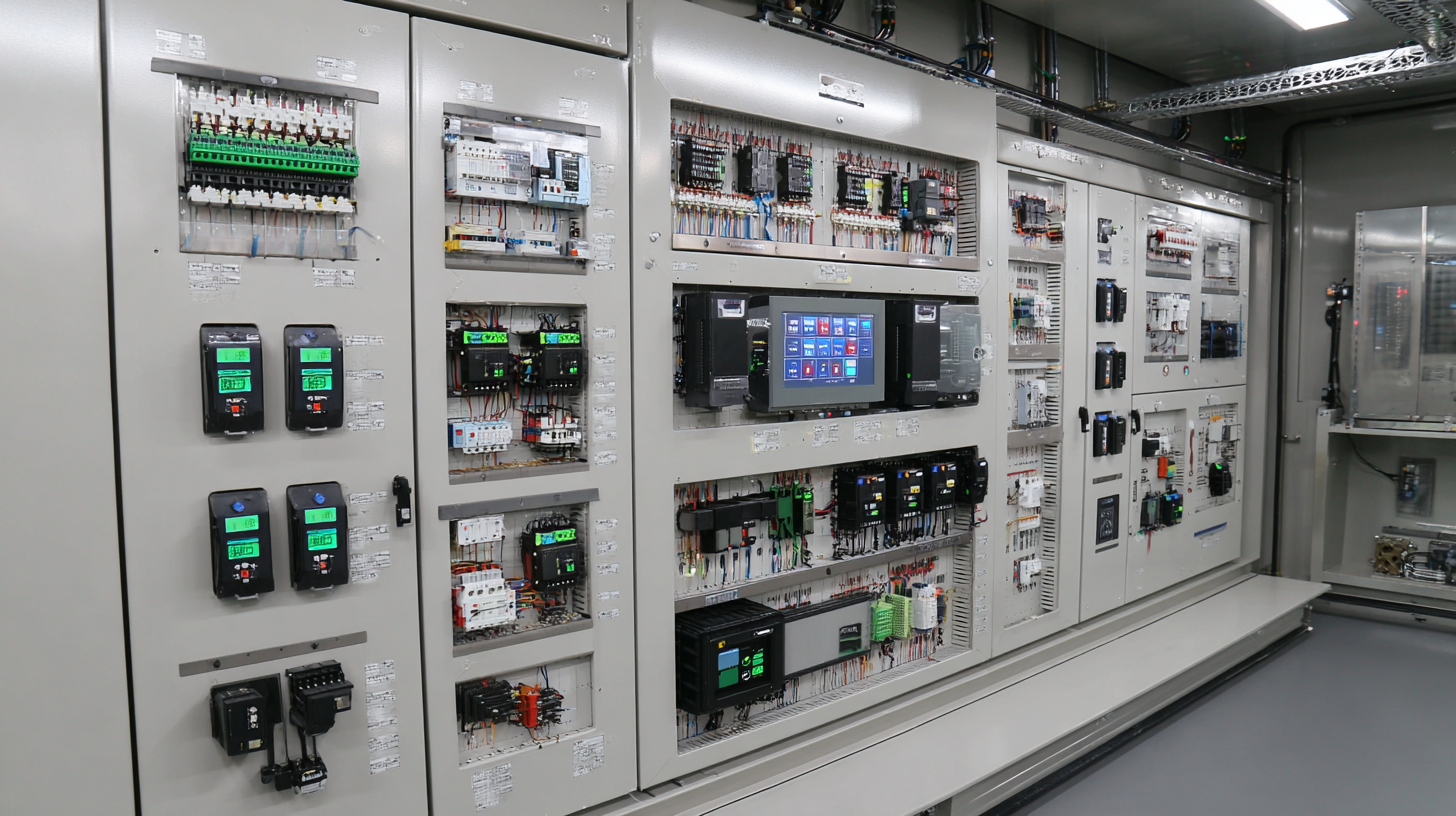
By digging into how VFDs can save energy and reduce maintenance headaches, businesses can make smarter decisions that better balance their budgets with environmental responsibility. With so much push to shrink industrial carbon footprints, investing in VFD tech isn’t just about cutting costs — it also boosts overall system performance. As more industries jump on the smarter energy solutions bandwagon, they'll keep trying to find that sweet spot between keeping operations running smoothly and being green. It’s definitely a key part of pushing energy management into a more innovative, sustainable future.
Operational Reliability: Comparing Durability and Lifespan of Different VFD Configurations
When you're setting up a VFD for a 22kW (30hp) three-phase motor, the reliability of its operation is a pretty big deal.
It really affects how well the system works and how long it’ll last. Different VFD setups can make a real difference — not just in how durable the device is, but also in how it handles the stresses of everyday use. For example, going for a
VFD with good thermal management features can seriously cut down the risk of overheating, which means it’ll last longer and stay reliable even during those really busy periods.
Here's a little tip: always check the manufacturer’s guidelines for the right installation specs. Overloading your VFD is a quick way to cause damage or make it break down sooner than expected.
So, it’s super important to pick a model that fits your specific needs.
Also, don’t forget that regular maintenance and keeping an eye on things can save you from unexpected downtime.
Setting up a routine check can help you catch issues early before they turn into bigger problems.
Using smart monitoring systems with real-time diagnostics is a game-changer — they give you instant feedback and help keep everything running smoothly.
Another tip: pay attention to the environment where your VFD is installed. High humidity, a lot of dust, or poor ventilation can mess with its performance.
Making sure it’s well-ventilated and protected will go a long way in maintaining good operation.
User Experience: Feedback from Industries on 22kW and 30HP VFD Systems
Understanding how to properly set up Variable Frequency Drives (VFDs) for 22kW and 30HP systems is more than just a technical skill these days—it's pretty much essential if you want your equipment to run smoothly and efficiently. From chatting with folks across different industries, I've noticed how important it is to fine-tune those VFD settings to match what your machines actually need. A lot of users say that really getting to know the motor specs and load behavior makes a huge difference—you're not just saving energy but also cutting down on running costs.
Companies using these drives are seeing some clear improvements. For example, manufacturers talk about how smoothly their equipment ramps up and down, which isn’t just nice to have—it actually helps the machinery last longer and cuts down on mechanical wear and tear. Plus, many have shared that when VFDs are set up right, the noise levels go down too, making the workspace a little more comfortable for everyone. As more folks share their stories, it’s pretty obvious—spending a little extra time learning the ins and outs of VFD setup really pays off in the long run. Trust me, it's worth the effort to unlock the full potential of these systems!
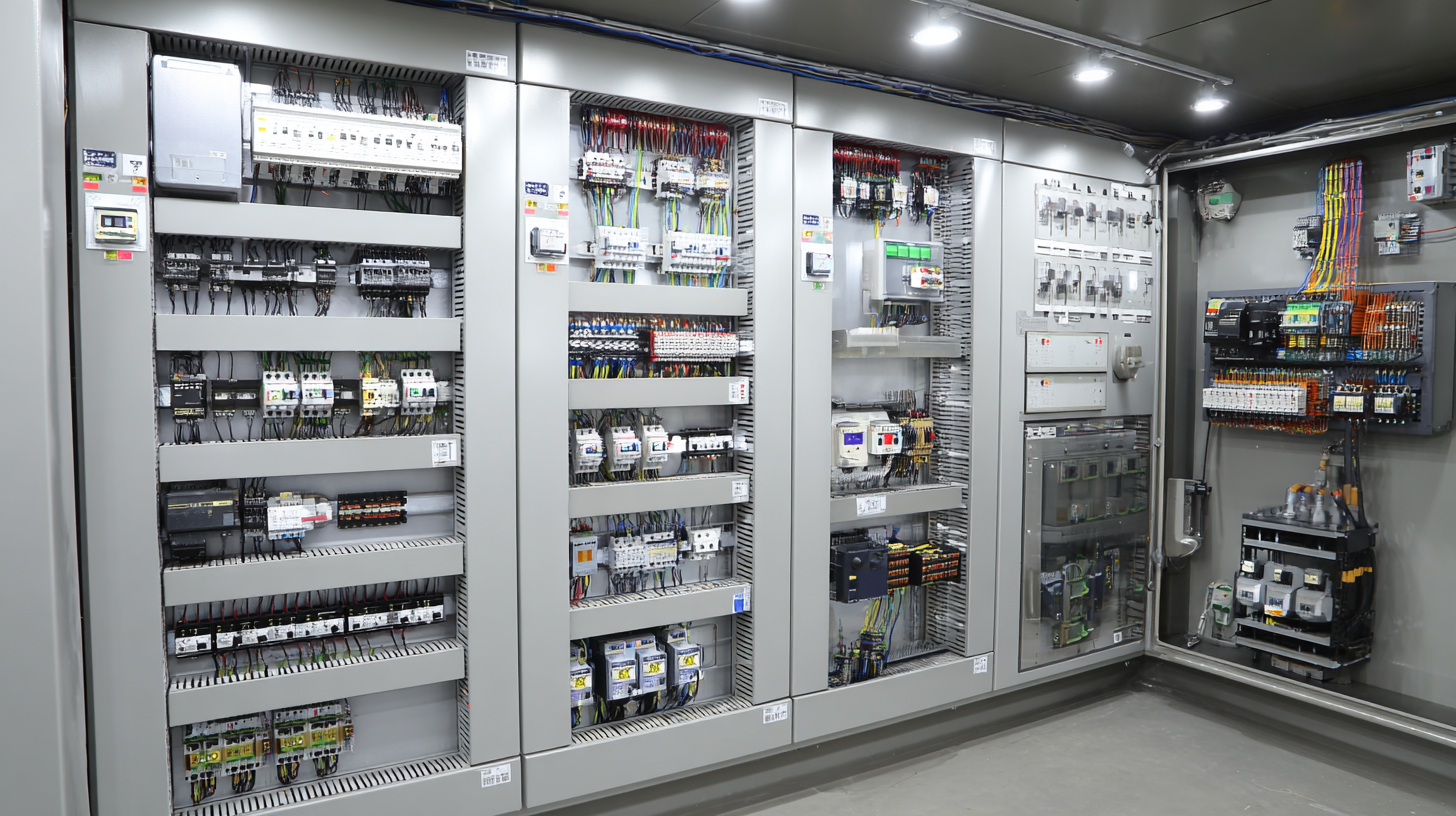
FAQS
: The size of the motor significantly influences the output quality of Variable Frequency Drives (VFDs), with larger motors often requiring more complex VFD configurations to maintain efficiency, particularly in high-power applications exceeding 22kW or 30hp.
A well-calibrated VFD enhances overall performance and minimizes energy waste, which optimizes operational costs across various applications, especially in fluid dynamics.
When selecting a VFD for larger motors, it is essential to consider factors such as the specific application requirements, VFD configuration complexities, and the need for advanced thermal management to prevent overheating.
Different VFD configurations can impact both the durability and lifespan of the system, with those equipped with advanced thermal management generally showing better performance under operational stresses.
Periodic maintenance and monitoring, including regular check-ups and using smart monitoring systems with real-time diagnostics, can help prevent unexpected downtimes and enhance operational integrity.
It's important to monitor environmental conditions like humidity and dust levels, ensuring proper ventilation and protection measures are in place to maintain optimal VFD performance.
Consulting manufacturer guidelines ensures adherence to specific installation parameters, preventing issues such as overloading, which can lead to premature failure of the VFD.
Energy efficiency is crucial in VFD selection, as it directly impacts performance and sustainability, allowing industries to balance energy consumption with operational effectiveness.
Zhejiang Chuanken Electric Co., Ltd. specializes in providing tailored VFD solutions based on 15 years of experience in industrial automation, focusing on efficiency and application-specific requirements.
Industries can achieve a balance by leveraging tailored VFD solutions that optimize performance while minimizing environmental and energy impacts associated with industrial motor systems.
Conclusion
Hey, so I was reading this really in-depth blog called "Mastering VFD 3 Phase Output 22kW 30HP Setup for Optimal Performance," and I gotta say, it dives into some pretty important stuff. Basically, it explains what makes 22kW and 30HP VFD systems different – like, how their performance stacks up and how the size of the motor affects things like efficiency and the quality of the output. It also touches on how VFDs can help keep things cool in heavy-duty setups, which is pretty cool when you're really pushing equipment to the limit. Oh, and they don’t just stop at that—they do a nice little cost-benefit rundown too, comparing energy use and maintenance costs between the two setups.
What I found really interesting was their take on how reliable these VFDs are over time—stuff like durability and lifespan. Plus, they include feedback from actual users, giving you a real-world look at how folks feel about using both 22kW and 30HP systems. All in all, it’s super helpful for anyone trying to make a smart choice on which setup suits their needs best.
By the way, Zhejiang Chuanken Electric Co., Ltd., is all about pushing the envelope in industrial automation, constantly working on making their VFD solutions better and more efficient. So yeah, if you’re into industrial stuff, this blog's a pretty solid read.
Related Posts
-

The Ultimate Checklist for Sourcing the Best Vfd Abb for Your Industrial Needs
-

How to Choose the Best 45kW VFD for Your Industrial Applications
-
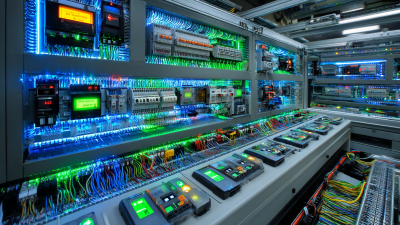
Maximizing Efficiency: Essential Tactics for 1 Hp Vfd Applications in Modern Industry
-

The Ultimate Guide to Selecting the Best Vfd Controller for Your Industrial Needs
-

5 Essential Tips for Choosing the Best Bypass Soft Starter
-
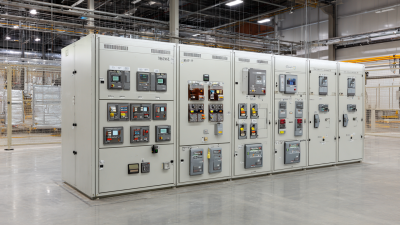
The Future of Power Efficiency with Vfd 150hp Three Phase 480v Innovations

